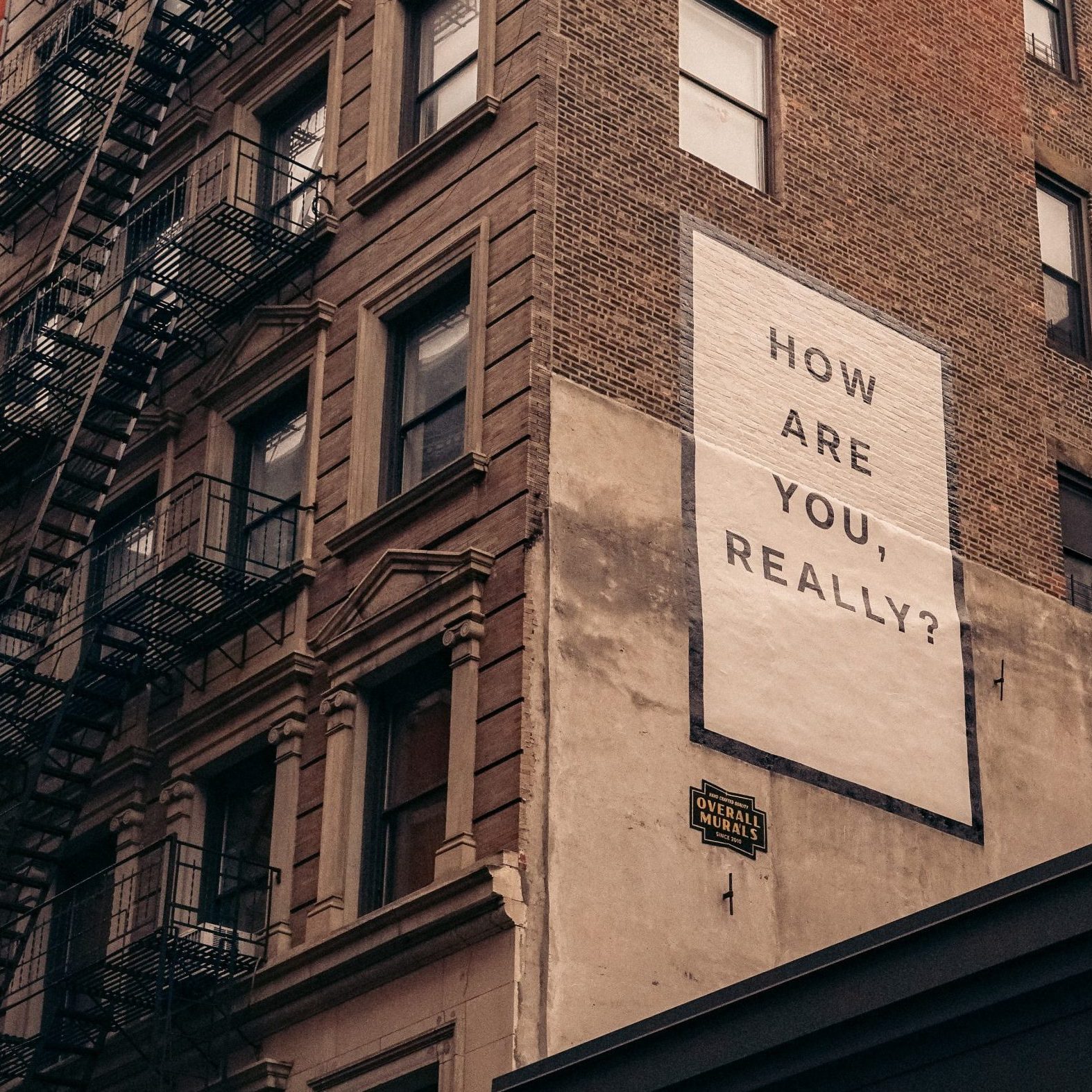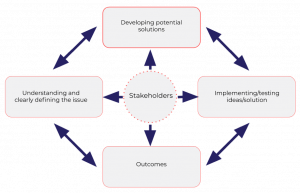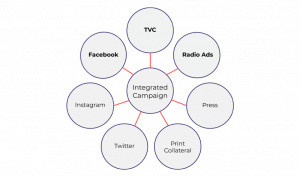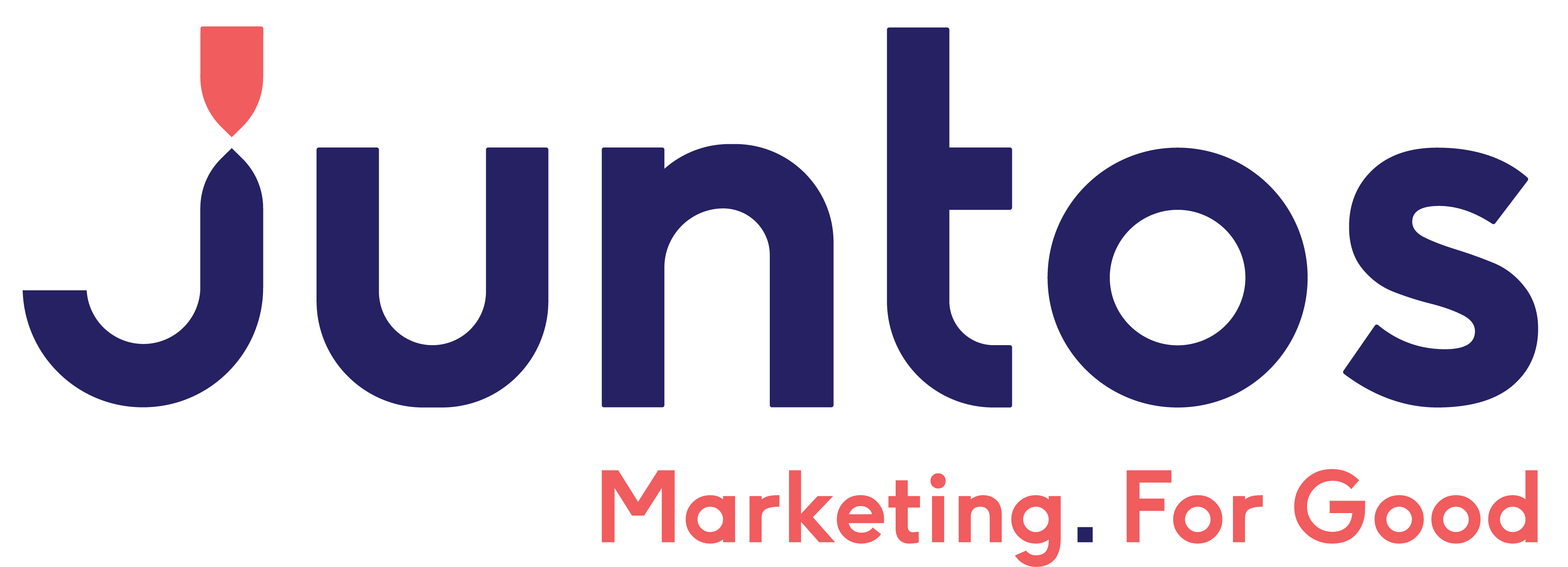
Mental health is affecting more and more of the Australian population. According to the Australian Bureau of Statistics, one in ten Australians (10.4%) have depression or feelings of depression, while 13.1% of Australians have an anxiety-related condition. With mental health having such a serious impact on individuals and communities, effective mental health campaigns are vital, not only to drive awareness and educate people about the availability of support services but to encourage and normalise help-seeking behaviour in vulnerable people.
The success of a mental health campaign can be attributed to the use of four key social marketing techniques: the co-design approach, an integrated communications campaign, a variety of malleable creative materials and a clear call to action. Keep reading to learn more about each of these approaches and how you can use them to craft impactful mental health campaigns.
1. Co-Design Approach.
By combining input from those with lived experience and those with professional expertise, the co-design method identifies and creates an outcome or product or service that will be most successful with the target audience. This is accomplished by encouraging all critical stakeholders, from experts to end-users, to participate in the planning of successful mental health campaigns.

In 2018 After Hours Crisis Campaign developed for the Murrumbidgee Primary Health Network, Juntos Marketing applied the co-design approach by running in-depth interviews, focus groups and a workshop with critical stakeholders. The consultation gave us deep insight into the target population, which then assisted with what the campaign should look like and helped us to refine the campaign objective.
The co-design approach is highly adaptable and is critical to connecting with your target population. When running focus groups, it helps to provide a clear brief, develop a detailed discussion guide and run as many groups as possible in order to get robust, high-quality research. It’s also important to respect and listen to the opinions of participants in order to gain their full input.
2. Multiple channels.
An Integrated Communications Campaign (ICC) will allow you to communicate your key message in the most effective way possible. This term means that you will be using a variety of communication channels to spread your message.
When creating your ICC, carefully consider the best means by which to reach your target audience. Location, date, timing and context are all critical in determining the way in which the key message will be received. In most cases, it is best to integrate a number of different channels to maximise the reach of your mental health campaigns.

Select pillars that will help build a broad reach and get your important message to as many members of the target audience as possible. Using a variety of different channels will maximise the reach of the campaign by accessing as many members of the target population as possible. This also helps to reinforce the message and improve recall among individuals by reminding them of services that they may need at a later time.
3. Different creative executions.
Producing a wide range of creative materials means that the message can be used in a variety of situations and contexts, which in turn will increase the reach of the campaign. For the Murrumbidgee PHN campaign, Juntos Marketing developed a variety of creative executions including 30-second TVC and radio commercials, posters, postcards, and a variety of social tiles. The social tiles and GIFs were created so that stakeholders could support the campaign ‘on the ground’ by sharing and distributing the material on their own social media.
Above: The 30-second TVC designed for the campaign.
Combining traditional and non-traditional mediums improves reach. It is important to make sure that your message is accessible to all members of the target population. We also know that the use of multiple channels helps to strengthen campaign comprehension. This is particularly important for mental health campaigns, where people need to be able to understand the message and how to get help.
4. Clear call to action.
You have the perfect message, have chosen the right channels and timings, and have developed impactful creatives. The next thing to do is establish a clear call to action. Depending on your campaign, this could provide individuals with immediate assistance, such as a hotline, or information about who to turn to for help, such as a friend or a doctor.
In the example mental health campaign we’ve used in this article, the most important objective was to reduce stigma and encourage help-seeking behaviour, both of which are vital in improving mental health outcomes. Based on input from the co-design stage, the primary call to action we used was ‘if you need support, reach out’. This phrase resonated with people and the language was seen as non – stigmatising.
Bringing it together.
Social marketing techniques, such as the co-design approach, use of ICCs, and use of a diversity of creative materials, can be used to direct individuals to mental health support services in their area. Using these tools, you too can create impactful mental health campaigns that can increase the long-term wellbeing of individuals and communities.
If you need help, contact us for assistance with creating successful mental health campaigns.
Sources:
Australian Bureau of Statistics’ (ABS) 2017-18 National Health Survey (NHS).
FROM THE BLOG
You might also be interested in
Juntos can help you boost your marketing investment by
- Driving campaign leads
- Help your content reach its audience
- Provide expert guidance on your marketing strategy
- Reduce advertising costs
Find out how Juntos can help your business thrive
Shoot through your details and we’ll be in touch within 24 hours.



